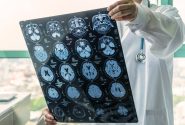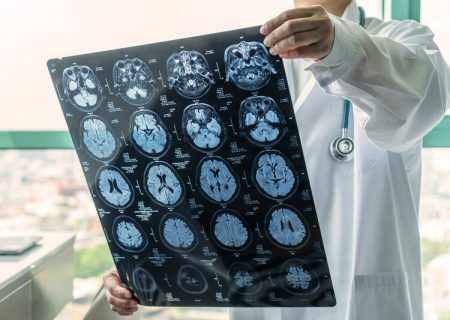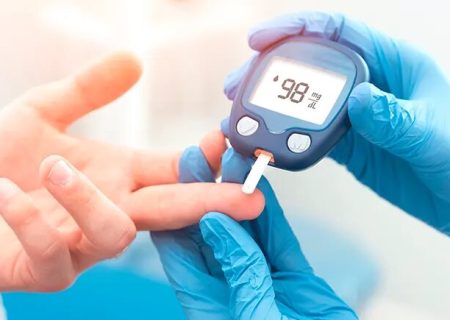اخبار ویژه
![]() Silent Damage First: Alzheimer’s Disease Could Have Two Phases
Silent Damage First: Alzheimer’s Disease Could Have Two Phases
![]()
![]()
![]()
![]()
![]()
![]()
![]()
![]()
![]()
![]()
![]()
![]()
![]()
![]()
![]()
![]()
![]()
![]()
![]()
![]()
![]()
![]()
![]()
![]()
![]()
![]()
![]()
![]()
![]()
![]()
![]()
![]()
![]()
![]()
![]()
![]()
![]()
![]()
![]()
![]()
![]()
![]()
![]()
![]()
![]()
![]()
![]()
![]()
![]()
![]()
![]()
![]()
![]()
![]()
![]()
![]()
![]()
![]()
![]()
![]()
![]()
![]()
![]()
Animal Research
26خرداد
General Health
Just 1 in 20 Animal Studies Yield Treatments That Make it to Humans
Animal studies are often considered a first step in finding new drugs and treatments for human diseases, but a new review has discovered that precious few actually produce real-world therapies.
Addiction
Aging
Alzheimer's disease
Anxiety
Asthma
Bird Flu
Brain
Cancer
Child Development
Child Health
Colon Cancer
COVID
Dementia
Depression
Drug Abuse
Emergencies
Environmental Health
Exercise
Food and Nutrition
Heart Disease
Infection
infections
Journal
Lung Cancer
Marijuana
Men's Health
Mental Health
Mounjaro (tirzepatide)
Neurology
News
New Wellness Library
Nutrition
Obesity
Opioids
Parenting
Pregnancy
Race
Stroke
Surgery
Teens
Vaccines
vaping
Weight Loss
Women's Health
Zepbound (tirzepatide)








